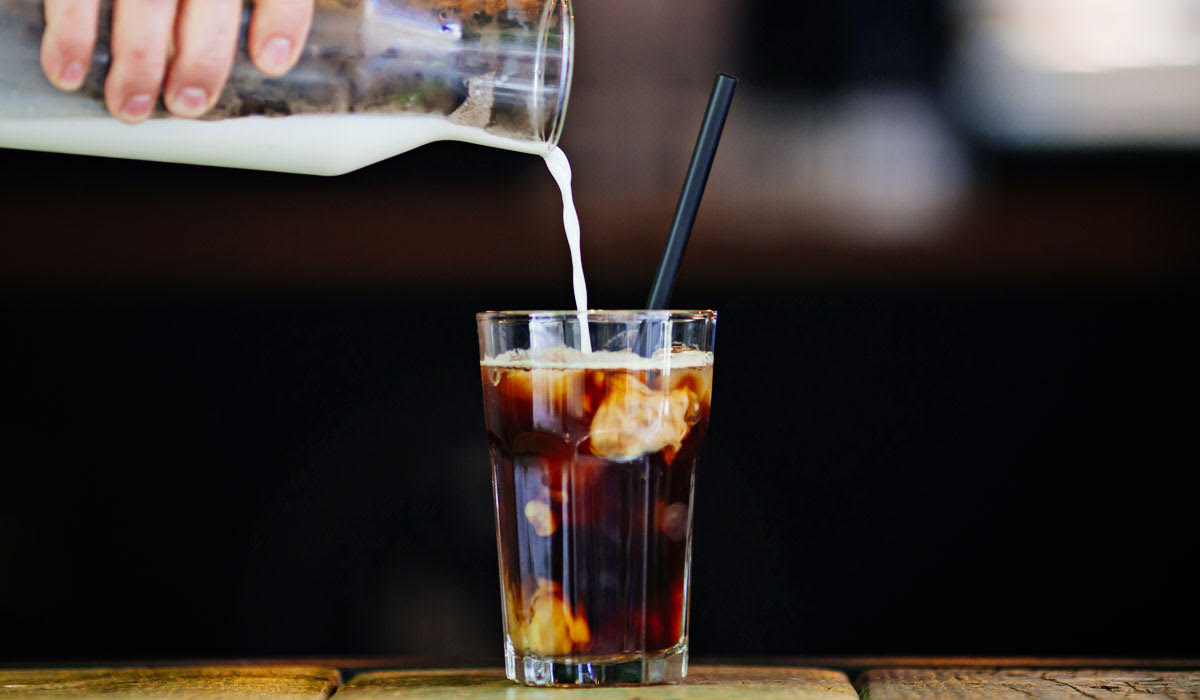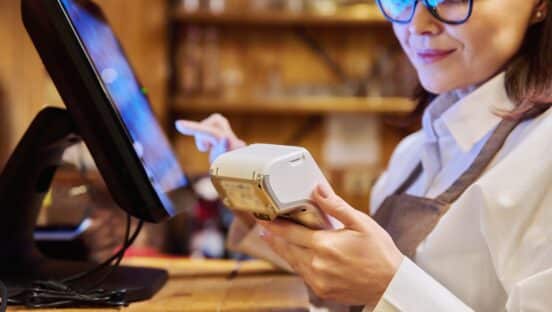Sponsored by Java House.
While cold brew isn’t new to restaurant menus, the beverage only recently began gaining in popularity among customers, says Amy Kleppinger, brand manager at Heartland Food Products Group, the parent company of Java House. “To a lot of people, cold brew’s like a new trend.”
According to Statistica, sales of cold brew coffee jumped to $38.1 million in 2017, a 370 percent jump from the $8.1 million in sales the category saw in 2015. Millennial Marketing reports that millennials are the biggest drivers of the cold brew trend, helping to jump sales by 115 percent from 2014 to 2015, resulting in $7.9 million in total revenue.
So, what’s helped open the eyes of more consumers? Mainly taste, Kleppinger says. During the brewing process, since the beans are never heated, they’re less active. This helps to produce a drink that’s strong but only modestly bitter. Cold brew is also hand crafted and naturally brewed, she says, which further entices diners.
However, along with cold brew’s burgeoning popularity, restaurants must contend with space considerations associated with the drink. Many cold brews require refrigeration, or some must be kept frozen until use, Kleppinger says. “Since kitchens are often small and there’s a lot of competition for fridge and freezer space, this can create challenges for an operator.”
Preparing cold brew in-house also can be daunting for operators. “If you’re going to make cold brew yourself, you have to do it the night before and predict what you think your coffee sales are going to be the next day,” Kleppinger says. If operators make too much, they’re forced to pour it out, while too little means lost sales. “It’s not like you can brew up another batch quickly.”
That’s why many restaurants are turning to partners, such as Java House, to help them launch cold brew programs. Java House makes cold brew coffee “exactly the way you would in your kitchen; but we bottle the concentrate and all an operator has to do is add four parts water,” Kleppinger says. “Restauarants can brew up what they think they need for the day, and if they sell out, they can easily make a couple of additional cups or make it as they go while they’re learning what their demands going to be like.”
Smaller operations can prepare the brew in a pitcher for back-of-house pouring or reconstitute a larger batch in a beverage urn, she says. While Java House’s smaller sizes work well in situations where guests want a portable option, the brew maker has larger sizes that can used to quickly pour a glass of cold brew on demand.
Java House’s lines of bottled ready-to-drink cold brew products and concentrates can also help operators capture this trend without adding operational complexity, Kleppinger says. “Our products can most likely use foodservice equipment an operator already owns. Restaurants can either keep the 10-ounce bottles in a cooler or ice well or near the cash register. Some will sell them with to-go orders, which adds an easy beverage for off-premises orders.”
Brewing cold brew in-house can be messy, since it requires experimenting with coffee grinds, Kleppinger says, but a strong vendor partner can help relieve some of the burden. “Java House has done all the work to find the right beans and grounds and put the time and hard work into coming up with a great tasting cup of cold brew.”
By Chuck Green













